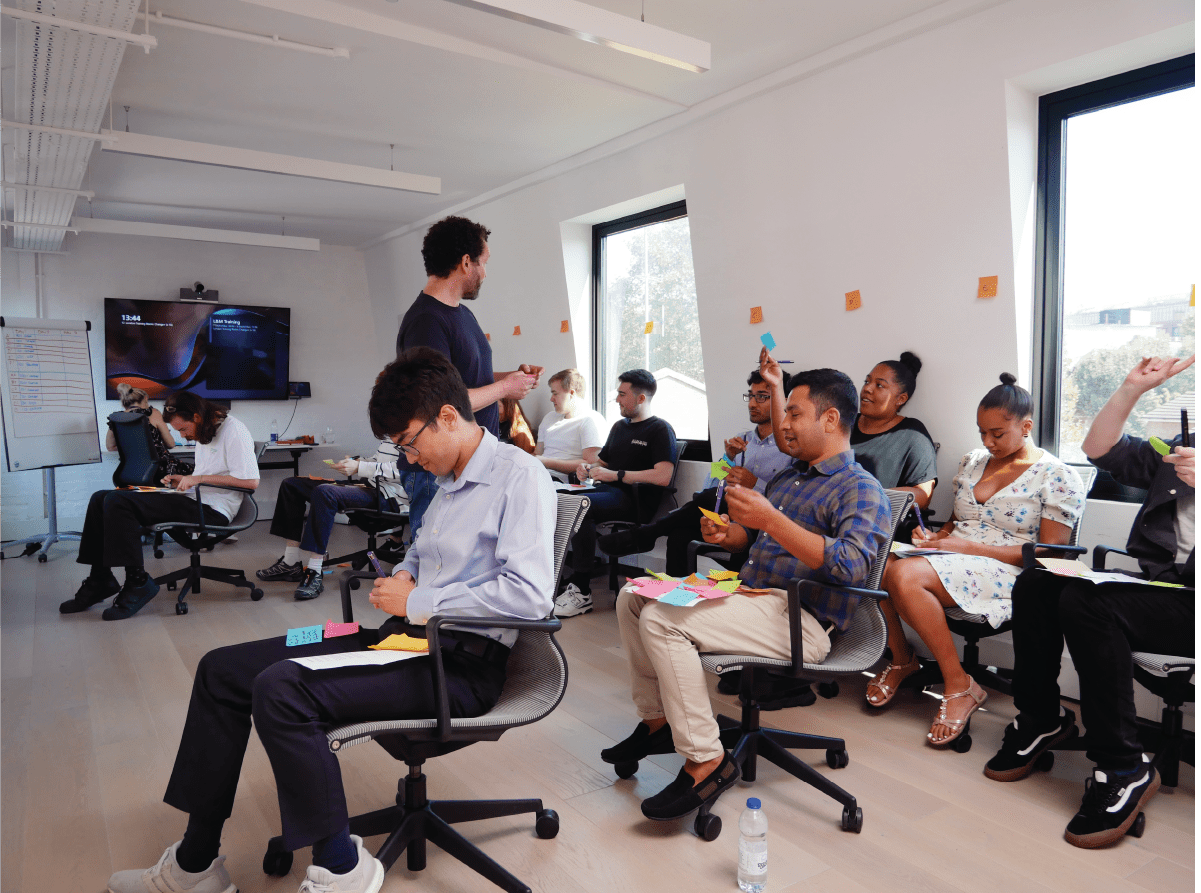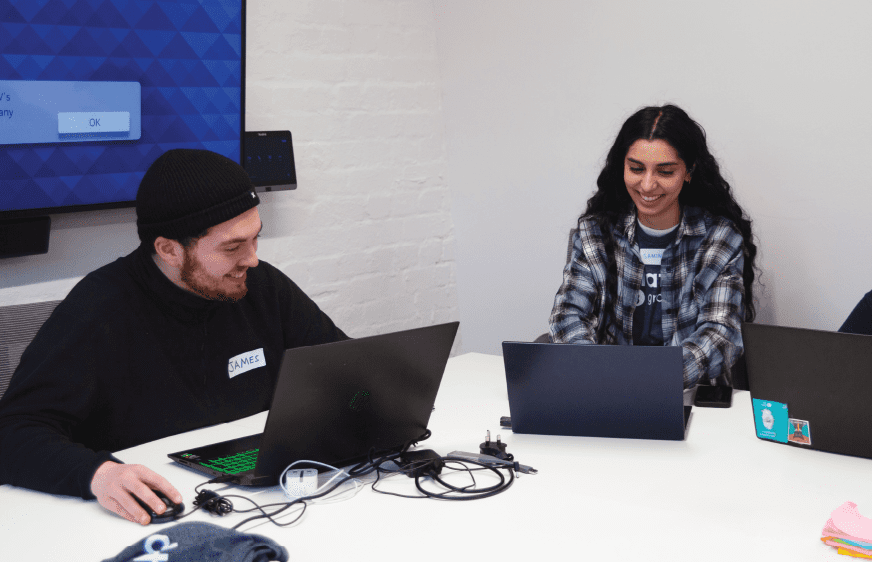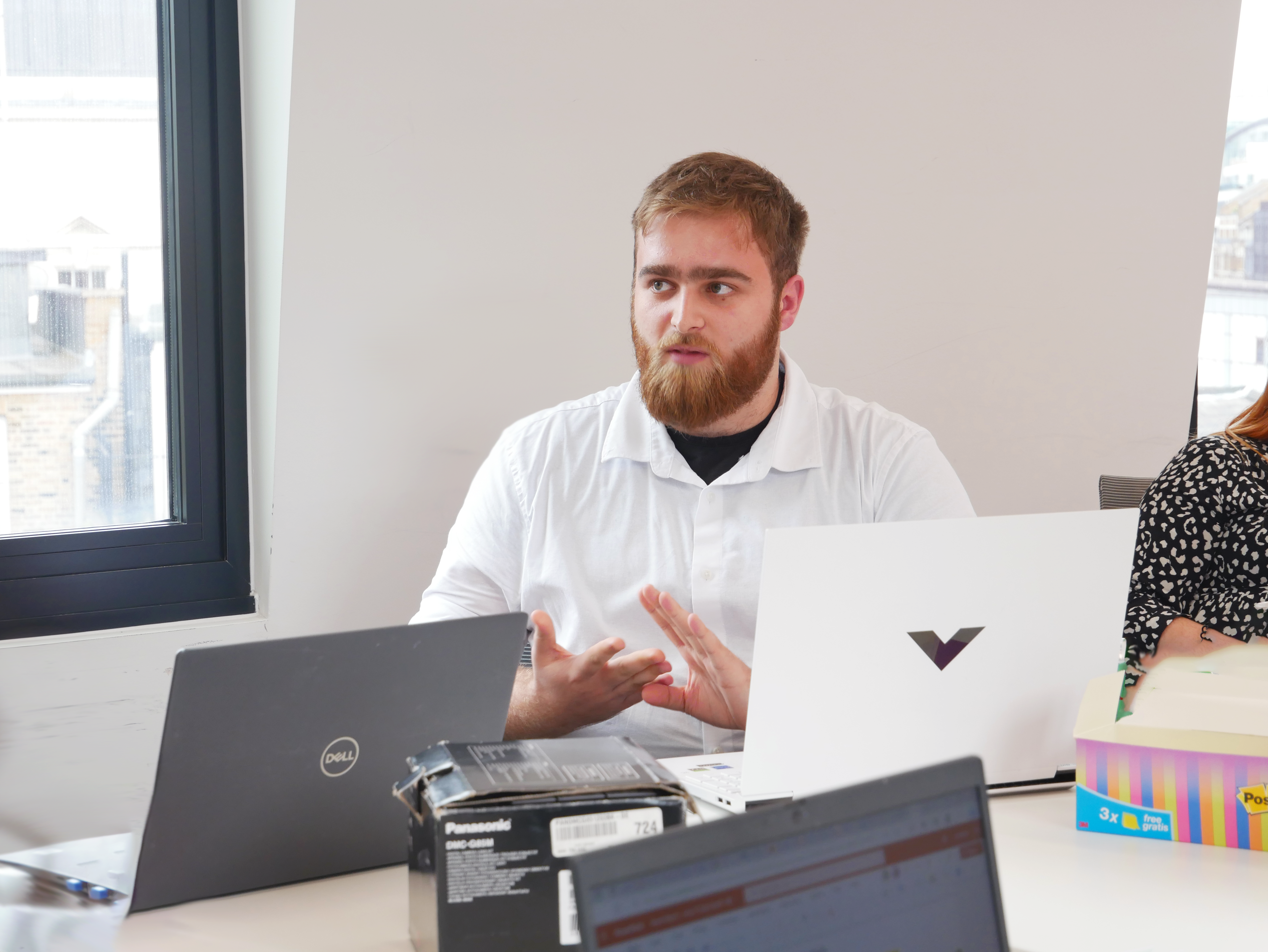
What does the super-resilient organisation look like?
International keynote speaker & disruption readiness advisor, Ade McCormack shared with Grayce and our network what the organisation of the future could look like. This webinar was part of a special week of events called Sustainability ThoughtFest. The series is designed to get our employees and everyone in our network to consider how they can innovate their operations with sustainability and our biggest global challenges in mind.
Digital and now biological disruption has shown that the traditional business model is no longer fit for purpose. The beloved factory model, for all its economic benefits, is bad for people, society and the planet. Ade McCormack explores what needs to change and how below…
Disruption
There is the perception that disruption is something to be managed and is in some way correlated to the pandemic. This is a mistake because whilst the pandemic has been the source of great disruption, it is only one of several forces at play. Political tensions, digital, the war for natural resources and even the space race are just a few of the vectors.
It would be a mistake to think that by taming COVID-19, we can take the view that disruption is over and we can return to some sort of new normal. Disruption is only just taking off its tracksuit. Abnormal and continual disruption is the backdrop to our lives going forward.
The factory model
In many respects, the disruption triggered by COVID-19 is the unofficial closing ceremony to the industrial era. The industrial era factory model is unable to cope with the variety of forces bearing down on it. It was designed for more innocent times.
By factory I mean any process-driven organisation. The conveyor belt may be physical and transporting physical materials, or it may be a network carrying the organisation’s data. You don’t have to wear a boiler suit to be working in a factory.
The factory model has led to great economic gains. However it has required us to dehumanise ourselves in order to integrate neatly into the factory machine. In many respects, humans are simply cogs in the machine.
Factories are essentially ‘efficiency plays’. Process optimisation drives everything. In such an environment failure cannot be tolerated. Consequently experimentation and thus innovation is discouraged, or at best treated as a compartmentalised function that is hidden from most of the workforce.
The command and control model reigns and thus the cognitive capacity of the majority of the workforce is squandered.
A better way
However there are organisations who build their organisations around the cognitive potential of their people. Creativity is encouraged and the workplace conditions are optimised to maximise cognitive flow. Google and Apple come to mind.
Some organisations are less focused on profits and more on asset generation. The latter provides a buffer against an unknowable future. Cognitive capital is a growing asset class, as is data. Organisations such as John Deere and Rolls Royce are harnessing data and turning it into value for their customers.
Leaders such as Marc Benioff of Salesforce and Richard Branson of Virgin recognise that people needed to be treated humanely. They recognise that if you turn around and no one is following, you aren’t really a leader.
Super-resilience
Some organisations seem to be thriving in the increasingly disrupted world. It’s as if they gain strength from chaos. They are not just grinding through each day hoping for the storm to pass, they are empowered by the chaos. This is in fact a key characteristic of a living organism. It is sometimes referred to as antifragility. I prefer to call it super-resilience.
Living organisms are optimised to cope in unpredictable environments. They are (we are) highly adaptable. We need to built organisations that are less inert, sclerotic factories and more akin to living organisms.
Smarter decisions
When an organisation is operating like a living organism it becomes more in tune with its environment. It also makes better decisions because its awareness (EQ), decision making (IQ) and actions (PQ) are highly integrated.
Organisations that behave in a super-resilient manner are not solely focused on the needs of shareholders. Again this allows them to focus on growing assets, rather than dissipating profits. Organisations that nurture their cognitive capital asset will invariably act more smartly.
Stakeholder orientation is not some act of generosity. It is a smart way to ensure a more symbiotic relationship with the environment within which the organisation operates. Ensuring the needs of employees, suppliers and clients are met makes sound business sense. As does considering the wellbeing of the planet, the ultimate business platform.
About Ade
Ade McCormack is a former technologist who today is focused on helping organisations and societies thrive in the digital age. He has worked in around forty countries across many sectors. He has lectured at MIT Sloan School of Management on digital leadership and currently works with Cambridge University on their executive education programmes. Ade is a former FT columnist and has written six books on digital matters.
Find out more about Ade ademccormack.com
About Grayce
The skills gap is widening. Digital and data transformation is increasing and the emerging workforce is being under utilised. We decided to do something about it. Grayce is changing the way businesses harness graduate talent to help close the skills gap and build long term capability.
Find out more about our events youtu.be/E7S90D8EY6U




